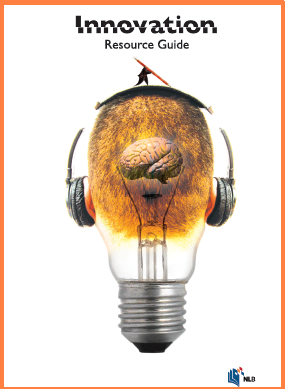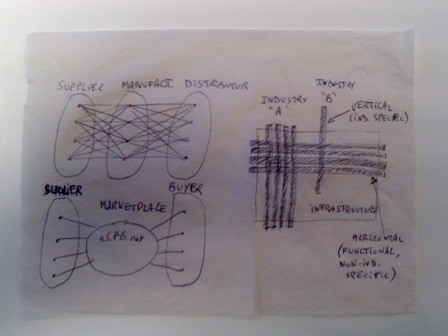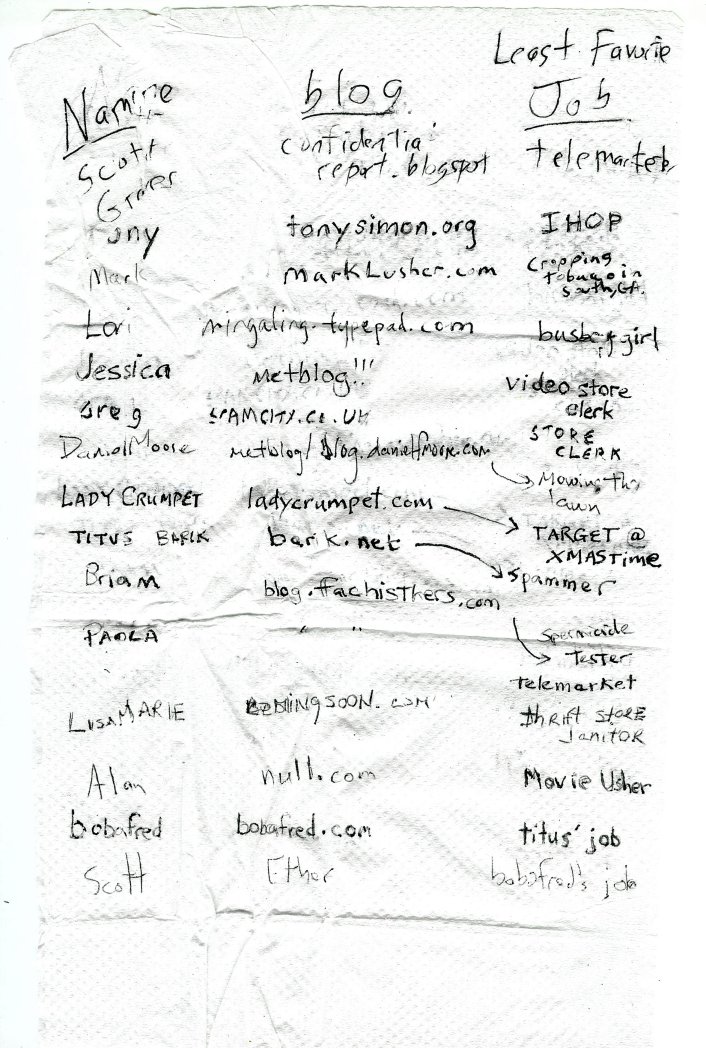Innovation: Let's give you a helping hand. . .
 Monday, June 9, 2008 at 1:44AM
Monday, June 9, 2008 at 1:44AM Guest blogger, Leslie Phillips

First and foremost, it ain't about you.
If you're reading this blog we're already aware that you have a certain personal and professional awareness of economics and innovation. But, there is only one Superman and one Wonder Woman, neither of which are you. You need someone, some people to challenge you, to fill in the gaps of potential opportunities that you may miss.
Rule No. 2, for innovators standing on the precipice between corporate and for-benefit endeavors, is to leave immediate gratification at the door and bring wide-spectrum planning with you. That means you have to think as much about the possible financial, personal, professional, community, environmental, social, industrial, etc. consequences of your endeavors as you do the benefits.
We live in a world where people are watching and nothing is ever forgotten. We have yet to see the best and worst of the long-term ramifications derived from the internet, digital recordings and online communities. Your mistakes and your successes are being noted for the risks you take, investments you make, the statements you communicate, and the comments other people/companies say about you. Ask your self how you and your innovations are branded to every single one of the above mentioned communities; for better or for worse your business will never be just about you ever again.
Rule No. 3, for innovators sitting on an idea - Get Your Butt Up. It is not enough just to have a great idea (possibly written as a few scribbles, jots or notes on some napkins). It's not enough to have the credentials or the experience to see it come to fruition. It doesn't matter that we are in President Bush's words, "in an economic slow down." All of the NDA's in the world will not protect you from a lack of action.
It is ideas like the one you're thinking about right now that will put our economy right back on the fast track. In case you haven't noticed, we used to be a product economy. We are a service economy and we need to become an intellectual property economy. (For all the reasons that a lot of you know and that we'll have to discuss in greater detail at a later date) Take action, do the practical ground work and proceed. All of the research, all the preparation, all the golden boy and golden girl management and mentor teams in the world do not take the place of decisive and directed action.
It suffices to say that if you call your self an innovator you need to be prepared for more than different, for more change. You actually have to do it.
Is there a cup of coffee or tea on your desk? Now, if you look like you shop at the same department stores as everyone else in the office - you're probably not innovative. (Least of all because you shop at department stores, but we can talk about that faux pas another time)




